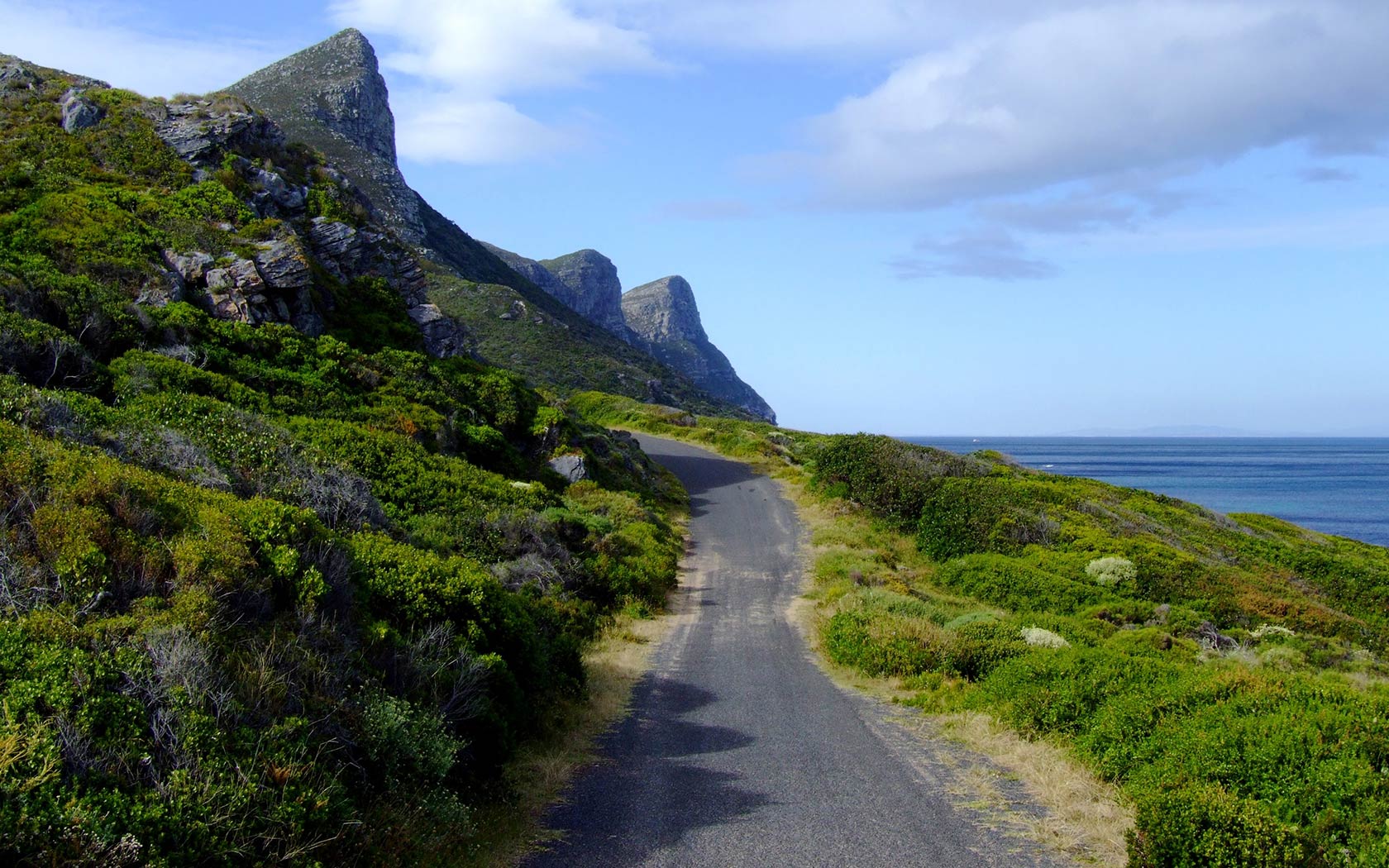There is such a thing as paradise on earth and at Ailola Cape Town we’re pretty sure it’s South Africa’s Garden Route! Just a stone’s throw away from Cape Town, this unique tourist route takes visitors directly to the Rainbow Nation’s most majestic destinations, serving up superb food and wine, as well as the envious lifestyle enjoyed by Garden Route locals. Here’s what you need to see and do…
1. Cango Caves
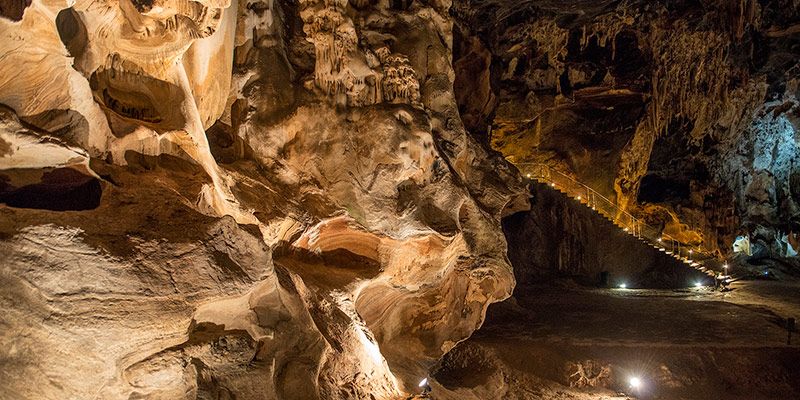
The Cango Caves are an absolute must-do on the Garden Route! Hidden away in Precambrian limestone caves near the town of Oudtshoorn, the Caves are a pristine example of the unique geographical formations of South Africa’s Western Cape. Visitors have guided access to around 1 kilometer of the Cave’s 4-kilometer-long system of underground tunnels and chambers. Discovered in the 1930s, the Cango Caves show evidence of having hosted human life as far back as the Middle Ages.
2. Knysna
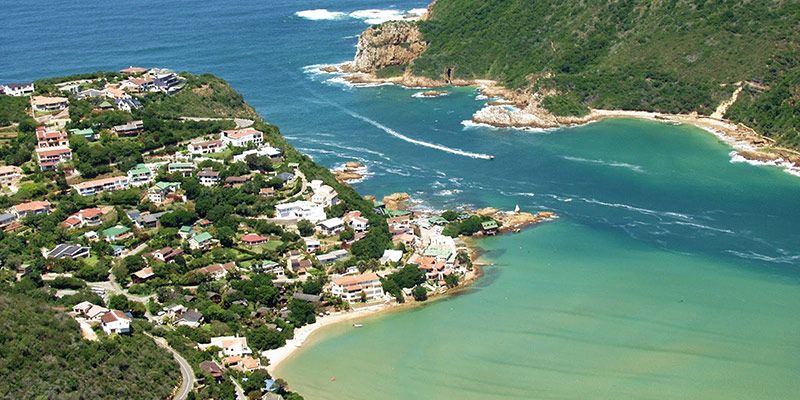
Knysna will likely leave you gobsmacked, oozing with jealousy, or both! Home to an affluent community, including many retirees, the coastal village has long lured people from far and wide to its stunning beaches, unparalleled views and world-class infrastructure. Settled between George, Plettenberg Bay (“Plett”), the ocean, and a lush native forest that forms part of the Tsitsikamma National Park, Knysna serves up scrumptious seafood and a buffet of tourism experiences, including mountaineering, the chance to visit an Elephant reserve, golf, and swimming at the local lagoon.
3. Pinnacle Point
Pinnacle Point on the Garden Route, near Mossel, is also referred to as the Point of Human Origin. DNA research suggests the current human population descends from a small population living 150,000 to 200,000 years ago. South Africa’s SACP4 research project points to Mossel Bay as a site where some members of that population once lived. The half-day tour of archeological sites with a professional researcher is a must-do on the Garden Route!
4. Surf in Plettenberg Bay
Otherwise known as “Plett”, Plettenberg is a great spot along the Garden Route to take up surfing. With its sandy beaches like Robberg, Plett offers beginner surfers the chance to crash and tumble as many times as they like. More experienced surfers will appreciate the area’s variety of breaks, but may also consider other Garden Route surf spots like Stilbaai and Vleesbaii.
5. Get close to Garden Route fauna
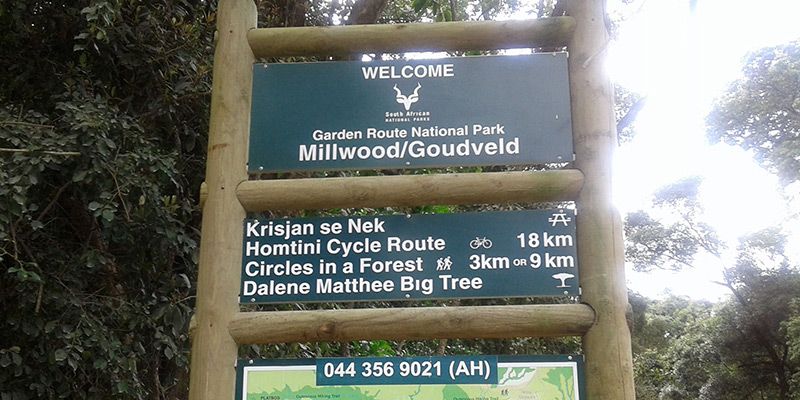
Like many pockets of South Africa’s fascinating geography, the Garden Route is thriving in plant and animal life. You’ll unwittingly stumble across many creatures when you visit the Garden Route. But just to be sure, consider one of the area’s many animal sanctuaries: the Lawnwood Snake Sanctuary, for everything from lizards to crocodiles; the world’s largest dome and the stunning bird population of Birds of Eden in Plett; the Robberg Nature reserve; the Knysna Elephant Park; and many more, including nearby safaris!
6. Go golfing
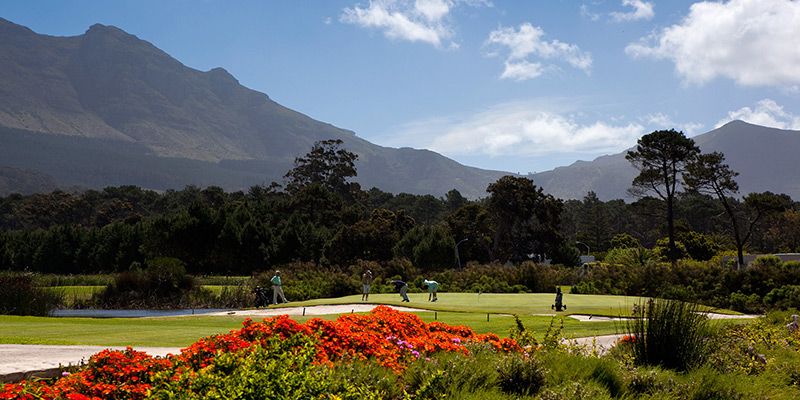
The Garden Route is a golfer’s paradise. Stunning ocean views and world class infrastructure make for perfect golfing at courses like Pinnacle Point Beach and Golf Resort at Mossel Bay or the Pezula Championship Course at Knysna. Golf courses abound on the Garden Route, especially in George, Plettenberg Bay, Knysna and Mossel Bay. And if you’re keen to golf closer to (your new) home in Cape Town, you can check out Steenberg Golfing!
7. Swartberg Pass
Geologists and photographers rejoice! The Swartberg Pass is one of the most geographically fascinating — and photogenic — destinations along South Africa’s Garden Route. The pass cuts through part of the Swatberg mountain range (Black Mountain in English), having been constructed by slaves over 120 years ago. At its Northern end, visitors will find breathtaking contortions and Quartzite. If you don’t get the science, just bring your camera! The Swartberg Pass offers a smorgasbord of photo-ops, including the so-called “Wall of Fire.”
Originally published on Ailola by Jayson McNamara on August 28, 2015.
